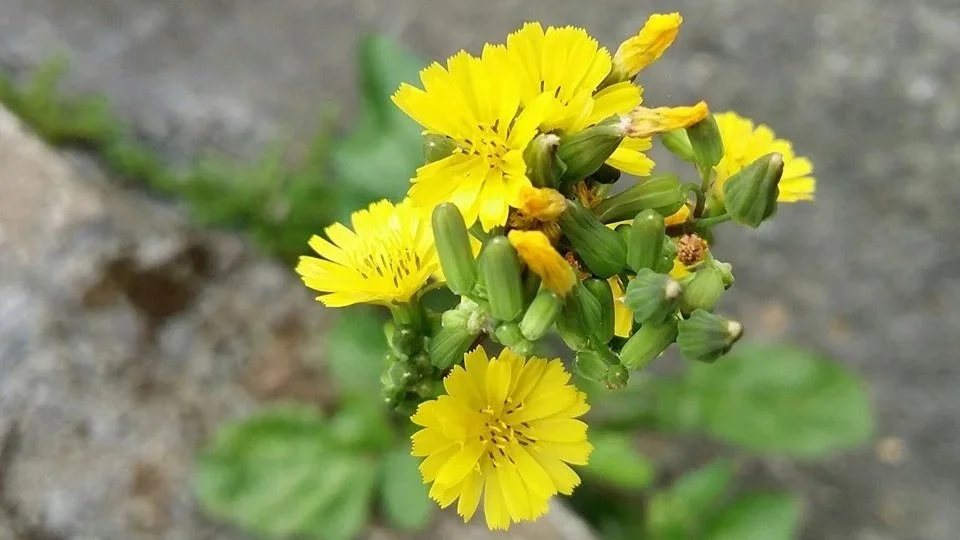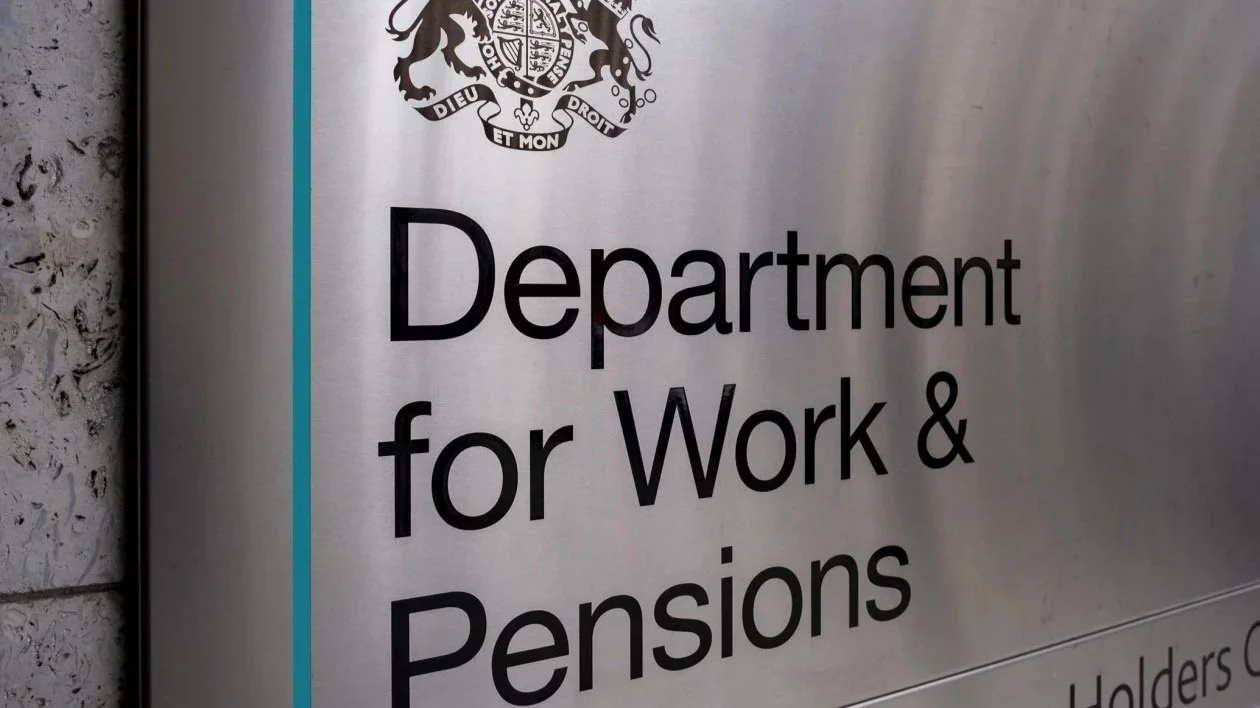Description: Bright yellow wildflowers growing from a small crack in grey concrete.
Recently, I have been spending time sitting with all the “no”s. In the current funding landscape, where rejections feel routine, I realise I had never paused to look at the pattern properly. Funders rarely have the capacity to provide detailed feedback, and with the volume they handle, that is understandable. When feedback is offered, even briefly, it’s incredibly helpful.
This blog comes from that period of reflection. Not frustration and not blame. Simply an attempt to understand the terrain more clearly.
Since relocating to the UK, I estimate I have had my hands on 60+ funding applications in the last three years, large and small. Some I led; others were collaborations. Before that, my 20 years of work experience in Hong Kong involved a lot of fundraising. I estimate I have secured well over HK$80 million (approx. £8M) from funding sources over the years.
So I have not come into this work unaware of how funding systems operate. It did take time to translate my experience to the UK context, but I did not start from zero. If anything, the quality of STAF’s applications has strengthened each year with the effort and support of our core team, board, and other consultants. We now have clearer theories of change, stronger evaluation, published impact reports, and a more defined USP.
And yet, the rejections kept coming, enough that a pattern emerged.
Across those 60+ applications, the picture looks roughly like this:
● In one organisational context, the offer fits neatly into traditional arts funding categories and aligns with areas currently prioritised by many funders, such as digital innovation and creative technology. Around half the bids were successful, including multi-year support.
● In another context, the work is ambitious and distinctive but sits where funders interpret relevance differently. Some immediately understand the artistic value; others prioritise different forms of impact, such as social outcomes. In that setting, the success rate is less than 10%, despite the strength of the work itself.
● At STAF, where most of my focus lies, we’ve had six confirmed successes, including multi-year foundation funding, an Innovate UK project, and several local authority commissions, plus a couple of shortlists and multiple applications still pending. Success rate is about 15%.
The contrast pushed me to reflect more deeply. Not about what went right or wrong, but about what these repeated rejections and successes are signalling, structurally and practically.
1. Systems still favour what is visible, not what is infrastructural
Where the success rate was highest, the work aligned cleanly with established definitions of “arts activity”. Funders could see the output, the audience and the programme format.
STAF sits in a different part of the ecosystem.
Our work is about the conditions that enable artists / creatives, especially those facing structural barriers, to build sustainable practice through mentoring and executive support, sector literacy, creative infrastructure, practical tools and accessible approaches that help people stay in the sector.
It is slower burn, relational work. Foundational in ways that are not always immediately visible, yet a cornerstone for creative practice to sustain and grow.
Most arts funders still prioritise new work, participation, heritage, festivals and touring, and tangible creative output. Infrastructure often sits beneath those priorities. Only a small number of funders explicitly recognise this kind of infrastructural work. Unsurprisingly, those are the places where our strongest traction has been.
What I’ve learned is that essential work isn’t always the most visible work, at least not within current frames.
2. Real lives are intersectional, funding categories are not
The people we work with rarely sit within a single identity category. Their experiences are shaped by multiple overlapping factors: class, migration, disability, language, gender, neurodivergence, caring roles, health, precarity, and more.
Funders, however, often require neat demographic boxes.
We avoid leading with protected characteristics unless required, because our work is shaped by the belief that barriers are created by systems, not by people’s identities. We provide demographic information when needed, but our practice begins with the whole person rather than a single category.
In a funding ecosystem built on segmented eligibility, that can make us harder to place.
What I see and value is that our integrity lies in embracing complexity, even when systems prefer simplicity.
3. Skills and learning funders still centre formal education
A large part of our work involves practical skills creatives need but rarely receive in formal education: communication, boundaries, professional etiquette, and navigating institutions.
But I rarely describe this as “teaching”. It feels more like walking alongside people, offering tools, demystifying invisible rules, holding platforms for peer learning and exchange, and sharing common pitfalls so we can navigate and learn from them together.
Most skills funders are still structured around accredited providers, qualifications, and further or higher education partnerships.
We are none of these. Our work is grounded in practice rather than curriculum.
This is one of our strengths, and also one of the reasons we fall outside traditional “skills” funding pots.
What I’ve learned is that our approach sits between education and practice. Powerful for creatives, but not always legible to traditional skills funders.
4. Precarity is visible, and often read as risk
Like many small organisations, STAF operates with limited reserves and a tiny core team. We make mindful use of the skillsets we hold, and choose projects where we feel most confident we can deliver well.
From inside, this looks like agility and careful pacing. From outside, it can prompt understandable questions: Do they have capacity to deliver? What happens if a key person leaves? How sustainable is this beyond the grant?
These questions fall hard on the very organisations trying to change the conditions that fuel precarity in the first place.
What I’ve learned is that smallness is not necessarily fragility. For us, it’s often agility. But in systems built around risk and audit, it can easily be read that way unless we name our approach clearly.
So, what have I learned from all these “no”s?
These rejections are not about sloppiness, unclear budgets, weak narratives or eligibility mistakes. Our applications are careful, well thought through, and grounded in what we know works.
STAF’s work sits squarely in the in-between spaces: too infrastructural for many arts funds, too intersectional for identity-specific funds, too non-formal for education funds, and too small to appear low risk.
These gaps are not failures. They are simply the parts of the system not yet designed for the work we do. It isn’t telling me the work is weak. It’s showing me where the system has not yet caught up.
I can gain from the lessons here, to refine our story, to explain our stability, to say more plainly why the work matters and where it sits. Some of this is translation, because relational and long-term work does not always fit the frames funders use. We are still learning how to make it legible without losing its truth.
A wider reflection: funders, systems, and shared constraints
Rejections are not easy on the funder’s side either. Funders are also working within constraints: limited budgets, accountability to boards and stakeholders, high volumes of applications, and the emotional weight of having to say “no” far more often than “yes.” Often, the rejection is not about quality at all. It is simply the maths of a system under pressure.
Funding will always matter. It is the fuel that keeps the work moving, but it is not the work itself. And when we step back, the pressures on both applicants and funders make this even clearer. Applicants stretch to articulate nuance within rigid categories. Funders must make high-stakes decisions with limited time. In this space, quieter work, relational, infrastructural, intersectional, becomes harder to hold, not because it lacks value, butbecause the system is not built to recognise it easily.
Seen from both sides, a couple of shifts seem particularly meaningful.
Clarity as care. Clearer guidance on what is in scope, what is not, what tends to align, and why. It reduces wasted effort on both sides. Clarity protects time, energy, and trust.
More flexible frames. Many organisations sit between neat categories. Wider or more flexible criteria would allow cross-cutting, infrastructural, or relational work to be held without applicants having to twist themselves to fit restricted boxes. Flexibility doesn’t dilute rigour; it acknowledges reality.
Rejection isn’t pleasant. Some days it feels heavy; some days it barely registers. But stepping back, I’m reminded that funding is fuel, not the destination. We need it. The work doesn’t move without it. But the fuel is not the point. What matters is the place we’re trying to reach. And that destination remains the same: a cultural sector where people who have been pushed to the margins can remain, develop, and thrive on their own terms.
The route may be slow or full of detours, but the direction is clear. The “no”s may shape the journey, but they don’t change the purpose behind it. If our applications fall through the cracks, it may be because we choose to work in those cracks, the in-between spaces where many creatives actually live and build their futures. And that, for me, still feels completely worth doing.
So I’ll keep refining. I’ll keep listening. I’ll keep moving. Grateful for each step we are able to take and for the purpose that keeps the journey alive.







